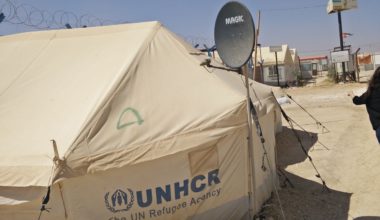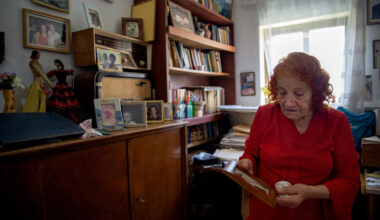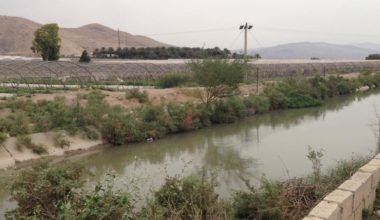
By Lauren Banko, lecturer at the Deparment of History at Yale University, and 2016 CBRL travel grant recipient.
To mark the centenary of CBRL’s founding institute, the British School of Archaeology in Jerusalem, throughout the year we will be sharing a number of blog posts and Podcasts that critically review the legacy of Britain’s historical presence in the region.
In 1944, a woman named Nektar Dabbagh wrote directly to the high commissioner of Palestine, Harold MacMichael, to plead for the release of her jailed husband. Nektar requested the mandate government release Khachadour, Dabbagh from prison and allow him to remain in Palestine. Khachadour had left his wife and children in Lebanon in 1942 when he traveled to Palestine to find work. Nektar’s letter, however, came from Aleppo. She had since moved to Syria because of her husband’s arrest: in Lebanon, she wrote, she had been in a very poor situation without financial support. Khachadour, a Lebanese citizen, crossed into Palestine clandestinely. According to Nektar, her husband did not have a passport because he was in such great poverty and he could not afford the cost of passport facilities. The other document required for entry to Palestine, a visa endorsed by a representative of the mandate government, also cost money and required prior approval. Khachadour found a job in Jerusalem but after only two months the police arrested him as an illegal immigrant. In her letter, Nektar begged the government to forgive her husband for what he did as consequence of his misery and poverty.
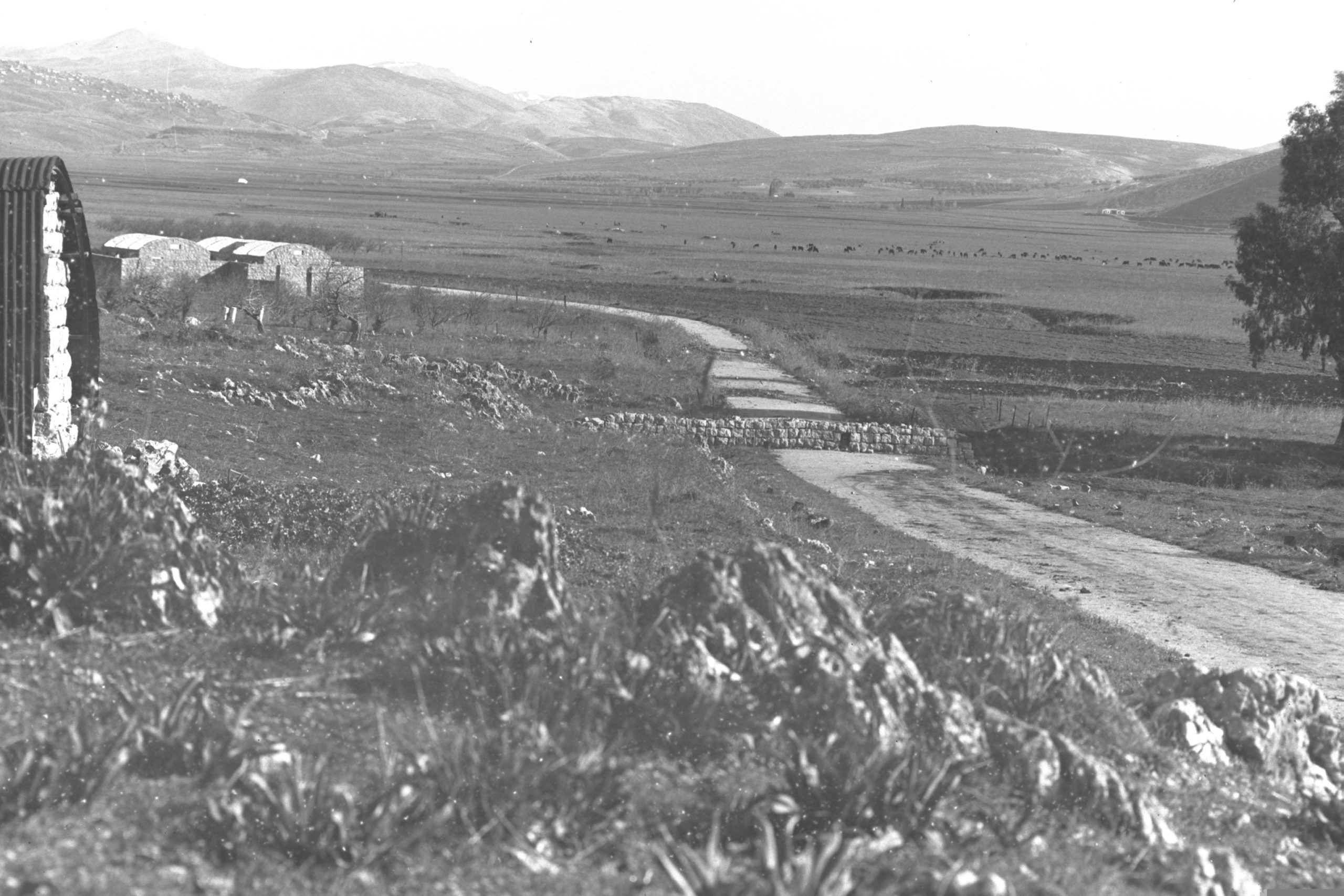
As a historian of the British mandate, I find personal stories like that that of Nektar’s compelling. Her voice and that of other historical actors form the basis on my current research on the mandate. The project uses archival records related to immigration regulations (particularly those that applied to non-Zionist immigrants), citizenship policies, deportation orders, Criminal Investigation Department (CID) reports, and most importantly, the pleas, petitions, letters, court appearances, and other written and recorded face-to-face correspondence by migrants and the mandatory, to consider how migrants and mobile persons dealt with their states rather than how states dealt with their migrants. The study of these sources offer rich and varied historical voices not often heard in histories of the Palestine mandate.
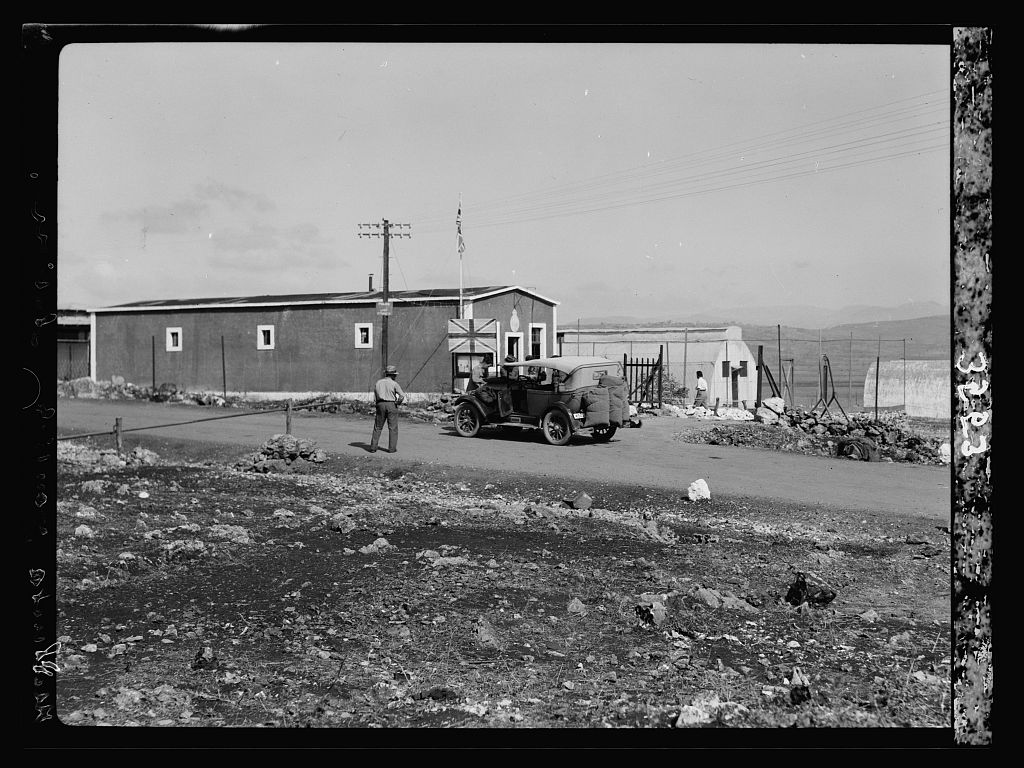
Histories of cross-border migration offer new avenues in which to understand the impact of documentary identity and mobility controls imposed by the British in Palestine after 1920. It is important to highlight that immigration to Palestine was not exclusively Jewish or Zionist. The stories by non-Zionist migrants of entries and exits to and from the territory vary widely. The migratory circulations reveal that non-indigenous Arab, Turkish, Afghani, Kurdish, Iranian, Armenian, and others shaped the history of the Mandate in how these individuals dealt with mobility restrictions. For instance, my research demonstrates that many such ‘illicit’ or undocumented migrants who worked, settled, married, and had children in Palestine viewed themselves as Palestinians.
The history of European Zionist immigration is perhaps better-understood because Jewish immigrants arrived in larger numbers and through a more structured, bureaucratic system. Palestine’s first (in 1920) and subsequent immigration ordinances came out of the pressing and immediate need to regulate Zionist immigration. Alongside this history of European Jewish immigration the parallel stories of deportation of non-Zionists who could not offer a substantial claim to their presence in Palestine can further nuance the history of society in mandate Palestine.
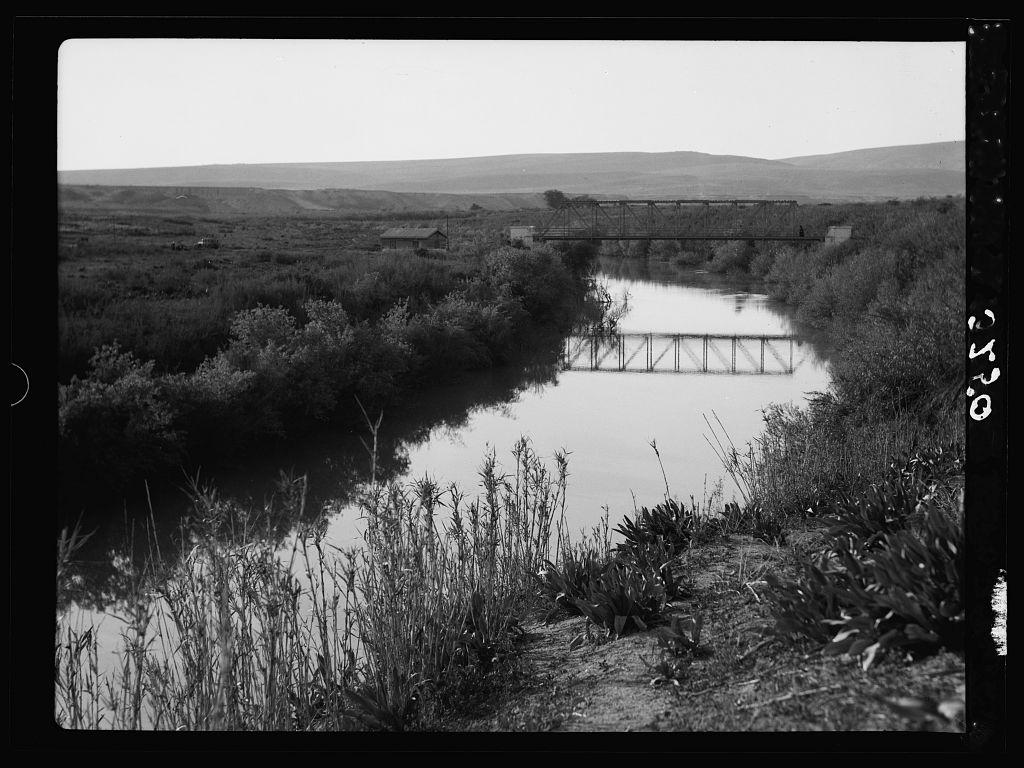
During some months, thousands of non-Zionist and non-Jewish migrants traveled over land and thus negotiated a host of under-studied experiences. These include consensual people smuggling and illicit border crossings, the purchase of forged identity documents and migrants’ assumption of identities not their own, treks through desolate borderland and frontier spaces, hide-outs in cities and countryside from the police or district officials, jail time, and deportation. Not unlike the current Home Office institutional integration in Britain today, in mandate Palestine a migrant’s hospital stay could result in his or her deportation due to the collusion between the Immigration Department and the Department of Health.
The narratives contained in these records bring a new focus to the liminal spaces within which individuals, families, and communities negotiated their senses of belonging and their fears and apprehensions of being made to leave Palestine. Because of the documentary identity and mobility control regime—products of Great Britain’s support for Zionist settler colonialism and the goal of the latter to establish a Jewish state in Palestine—livelihoods and lives hung in limbo during the mandate years for a significant number of people who considered themselves Palestinian but whose legal, state-inscribed status and migratory route left them out of the national narrative of Palestinian identity. This life-in-limbo was a wide-spread phenomenon. For instance, in the year 1941, the administration deported over 1500 Arabs from Palestine for ‘illegal entry’.
Nektar’s story did not end on any positive note. In its response to Nektar, the CID stated that no one with the name of her husband existed in any prison in Palestine. Of course, it could have been the case that Khachadour had since been released by the time of his wife’s petition. Or, not unlike a number of other arrested immigrants, he gave police an alias at the time of arrest. Nektar could have received incorrect information or been lied to about her husband’s arrest in the first place. Men and women arrested by the police for illegal presence in Palestine faced either the very hefty fine of 100LP (Palestine pounds), imprisonment, or both. Anyone who made a false statement to the police as to his or her identity received the same punishment. Poor workers usually ended up in prison, with no money to pay the fines. Prison sentences, initially lasting six months for illegal entry, usually ended with the immediate deportation of the accused.
If historians zoom out slightly from these histories of illicit migration and settlement, we can also see the importance of borders, frontiers, and borderlands to these stories of non-Zionist mobility and the creation of a documentary identity scheme. This view from the border and particularly by crossers of the frontiers, allows historians to understand “the everyday workings of power at the edges of . . . states,” a phrase used by the anthropologist Madeline Reeves in her study of the post-Soviet rural borderland of the Ferghana Valley. Reeves encourages us to question the process of spatializing the state, and in turn to ask when and how certain ideas about the relationship between citizenship, territory, and cross-border movement took hold. For now, I am asking these questions to archival documents that reflect the perspective of migrants, residents, and deportees who themselves crossed the borders and frontiers of the mandate. This again illuminates far more about how migrants dealt with states, rather than the other way around.
The archival documents relied upon for this research include those housed in the UK National Archives (TNA), the Israel State Archives (ISA), and the Central Zionist Archives (CZA). The two sources cited here are: Chief Secretary’s Office 256/8 (ISA), Chief Secretary’s Office 6630/20 (ISA).
Dr. Lauren Banko is a lecturer in the Department of History at Yale University. She recently completed a postdoctoral fellowship in Palestine/Israel Studies at the University of Manchester. Lauren’s main focus in the pre-1948 history of Palestine. Her first book, titled The Invention of Palestinian Citizenship, 1918-1947, was published by Edinburgh University Press in 2016. Her current research project explores the history of borderland spaces, the frontier, and boundaries in Mandate Palestine through narratives of subversive, illicit, and unintentional migrants. She received her PhD in Near and Middle East History from SOAS.
Each year, thanks to the generosity of our members and friends, CBRL awards postgraduate travel grants to develop the next generation of researchers. Please help us to continue this important activity by donating here.
The views expressed by our authors on the CBRL blog are not necessarily endorsed by CBRL, but are commended as contributing to public debate.












